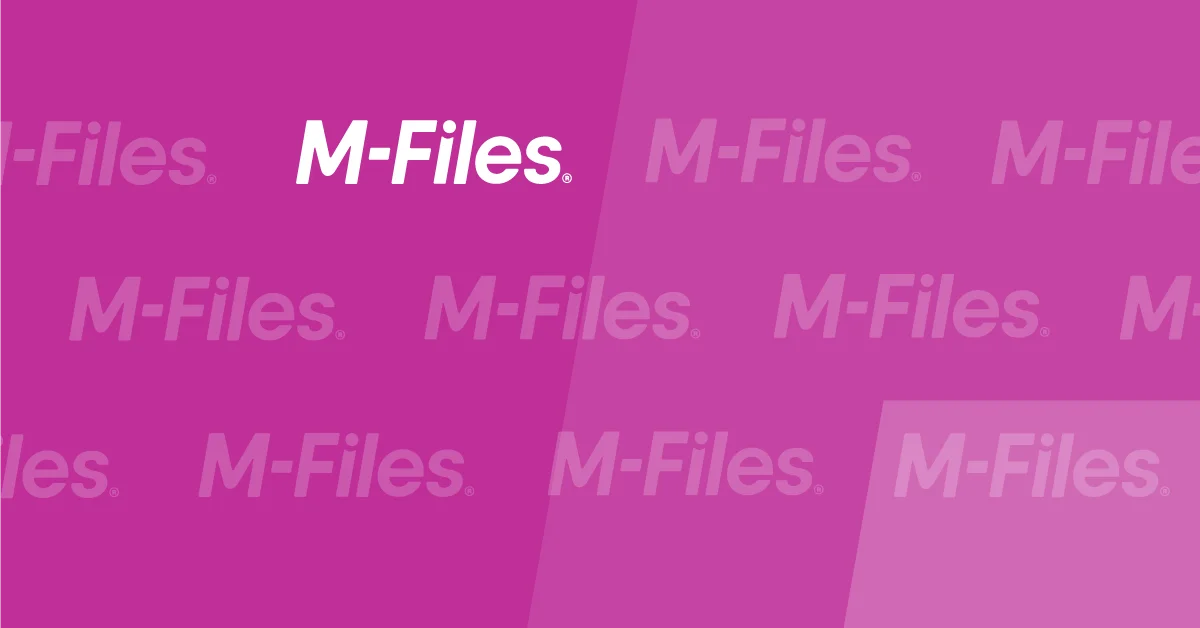4 Suggestions to Improve Content Management and Customer Experience

Content management and customer experience are indelibly intertwined. If you manage documents for almost any competitive industry, you have to know how much the quality of outbound communication impacts customer interaction. Yet, in this age of personalized messaging and fluctuating regulations, you’re probably challenged by constant change. When you have to manage content approvals, edits, and multiple versions with legacy content management systems or worse yet, email attachments, you have probably already begun to face every change directive with a sense of dread.
Worse yet, changes to elements like logos or legal disclaimers might affect dozens of documents and could generate unintended consequences and even unanticipated errors. Also, when you find even essential changes tough to manage, you lack the ability to move forward with such competitive marketing tactics as advanced personalization and marketing automation. It’s time to consider taking steps to improve your workflows to relieve your burden and improve your content.
Improving Content Management and Customer Experience in Four Steps
As the provider of intelligent information management platforms, we’ve had plenty of experience helping our customers retool their document management processes. We found the four steps to improving content manage on Document Strategy a good and concise description of the effort that most of the companies we work with have benefited from — and we wanted to recap them here for you. At the same time, we’d like to offer our own take on a good strategy to improve content management for most organizations.
Clean House
Most enterprises can reduce their content management burden if they clean up stores of legacy content. You could delete or archive outdated information and consolidate duplicates. While you’re sorting through your stored pieces, you can also find older communications that don’t convey your company’s current messaging or branding or have even become inaccurate and misleading for customers. Not only will you need to manage fewer items, you may help reduce storage requirements and speed up processing. Most important, you’ll make sure that your organization only release the right information.
Of course, your company may have thousands of documents. With old content management tools, this task may appear enormous for an established company. That’s why you should rely upon intelligent and modern tools that can do a lot of the legwork when you want to sort through reams of content rapidly. Document management platforms enabled by artificial intelligence can quickly scan your information ecosystem and offer metadata suggestions based on what’s actually inside the document. It makes the process of cleaning house extremely quick and efficient.
Improve Messaging
As long as you’re cleaning house, you might as well redecorate. Since you rely on outbound documents to serve your customers, you can make sure that all existing documents still conform to your current brand message and serve customers well. As an example, Forrester found that companies that successfully improved outbound communication to enhance the customer experience enjoyed increased revenue and brand loyalty, goals that every organization has.
As you sort through your company’s documents, you should also make sure that all your messaging is still accurate, on point, and targeted to the current message you hope to convey about your brand. Mentioning the benefits of increased customer satisfaction and revenue can also help you justify the expense and effort of your project to your management team.
Upgrade Tech to Improve Business Processes
As we discussed in an earlier post about the problem with email attachments, some organizations still rely on horribly outdated tech to share documents for editing, approval, and review. If all stakeholders have their own copy of a document to edit, the job of collaborating on changes becomes incredibly difficult and it’s likely to generate mistakes and misunderstandings. Many legacy systems don’t perform much better than email attachments when it comes to sharing content.
Also, when you have a system that makes sharing and version tracking efficient, you will have more time to focus on important details like your messaging. The right technology will improve workflows to reduce effort, eliminate mistakes, and improve collaboration.
Leverage the Power of Your Other Customer Management Systems.
No doubt, your organization already employs a CRM system to track and manage communications. Today’s advanced systems offer you features for scheduling, advanced personalization, and machine intelligence to enhance all aspects of sales, marketing, and customer service. You should also know that today’s personalization features do far more than just insert customer names and addresses; they can even adjust graphics and salutations, based on a customer’s profile or location.
To take full advantage of these advanced features, you must make sure that your content management system either has this ability or is integrated with the sophisticated software you already have. To that end, M-Files recently launched M-Files for Salesforce which connects all business data with Salesforce content to present relevant information in the familiar Salesforce UI. Download the infographic here.
How to Start Improving Your Organization’s Content Management
Companies that do a good job of managing content enjoy an automatic competitive advantage. You should find it easy to justify any actions that you take to encourage collaboration, reduce processing burdens, save time, and improve revenues. Of course, you need the right enterprise content management system to improve sharing, intelligent integration, and storage. We invite the opportunity to discuss your unique organization and find simple solutions to complex problems.




